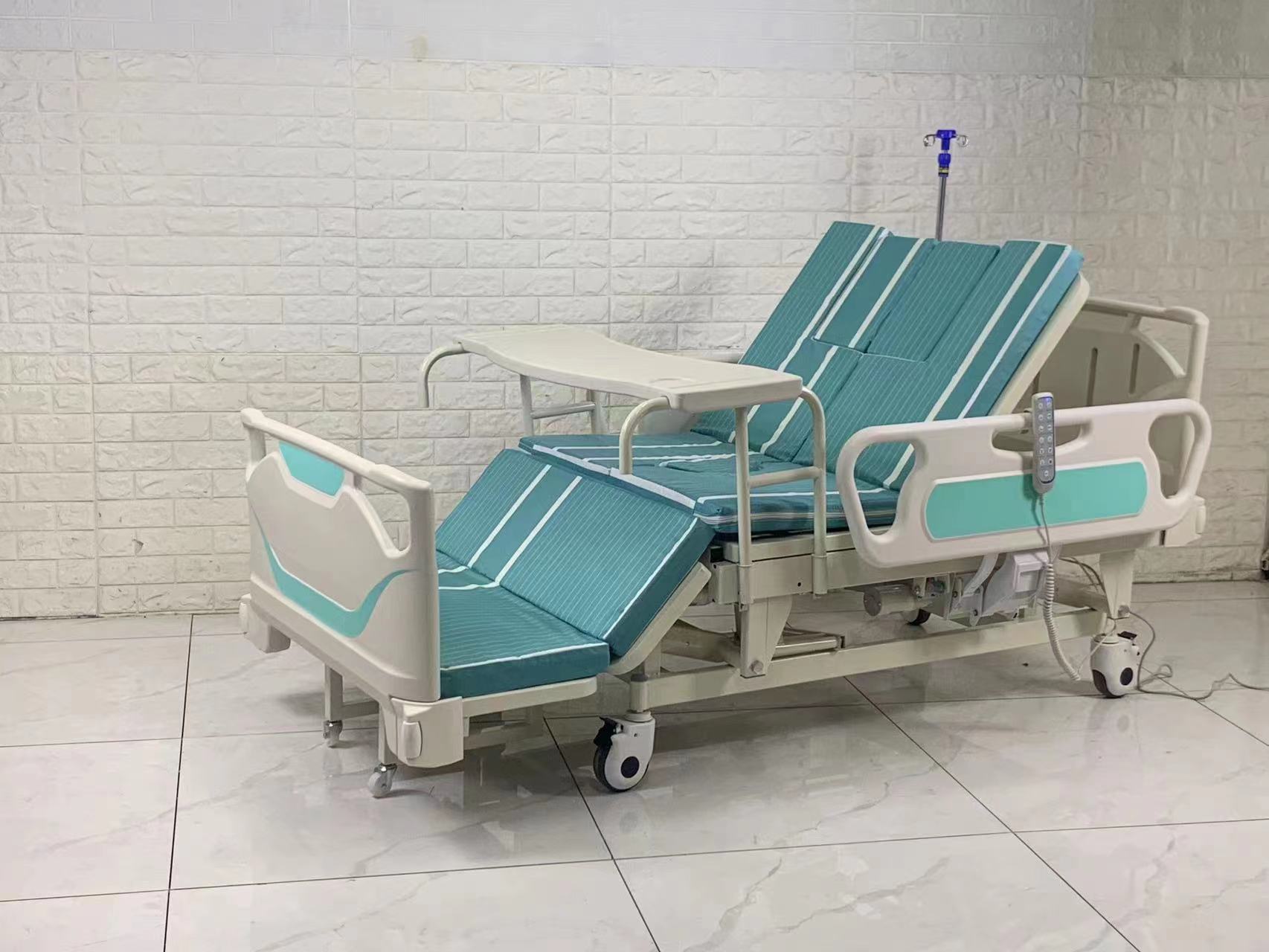Welcome to our websites!
walking support
Understanding Walking Support Enhancing Mobility and Independence
Walking is one of the most fundamental forms of human movement, crucial for maintaining physical health, independence, and social connectivity. However, various factors such as age, injury, or medical conditions can impede an individual's ability to walk unaided. This is where walking support comes into play, offering essential assistance to enhance mobility for those in need.
Walking support encompasses a range of tools and devices designed to aid individuals in their journey towards improved mobility. These can vary from simple aids like canes and walkers to more sophisticated solutions such as leg braces and robotic exoskeletons. The choice of walking support depends on various factors including the user’s condition, physical capabilities, and personal preferences.
One of the most common forms of walking support is the cane. Canes provide stability and balance, helping individuals navigate challenging terrain or recover from injuries. They come in various styles, including single-point canes and quad canes, each offering different levels of support. For individuals with more significant mobility challenges, walkers are often recommended. Walkers provide a broader base of support and can reduce the risk of falls, enabling users to gain confidence when moving about.
For individuals with specific medical conditions, such as arthritis or neurological disorders, specialized walking aids like knee scooters and rollators can greatly enhance mobility. Knee scooters allow users to rest one leg while propelling themselves with the other, making them a popular choice for those recovering from foot or ankle injuries. Rollators are equipped with wheels and often have a seat, providing users a place to rest when needed, which is particularly beneficial for seniors who may tire easily.
walking support

In recent years, technological advancements have also contributed to the development of more sophisticated walking supports. Robotic exoskeletons, for instance, are emerging as revolutionary devices for individuals with severe mobility impairments. These wearable machines use motors and sensors to assist with walking motions, enabling users with spinal cord injuries or other disabilities to stand and walk again. While still in the experimental stage, such technologies offer hope for greater independence and improved quality of life for those affected by mobility challenges.
The psychological benefits of walking support cannot be overlooked. Mobility aids enable users to maintain an active lifestyle, which is vital for mental health. Being able to walk, even with assistance, allows individuals to engage with their communities, partake in social activities, and maintain a sense of normalcy. Moreover, the use of walking supports can lead to improved self-esteem, as individuals regain confidence in their ability to move around independently.
Another important aspect of walking support is its role in rehabilitation. Physical therapists often incorporate walking aids into therapy plans for individuals recovering from surgery, stroke, or injury. By using walking supports, patients can gradually regain strength and coordination, ultimately aiming to recover their full mobility. This step-by-step approach not only aids in physical recovery but also provides psychological reassurance, showing patients that progress is achievable.
Family members and caregivers also play a crucial role in the effective use of walking support. Ensuring that individuals receive the right type of aid, and that they are trained in its proper use, is essential. Caregivers’ involvement can significantly enhance the recovery process, fostering a supportive environment where mobility can be improved safely.
In conclusion, walking support is a vital component of mobility for many individuals. The range of aids available today empowers users to reclaim their independence, improve their physical and mental health, and foster connections with their communities. With ongoing advancements in technology and a growing understanding of mobility issues, the future looks promising for those relying on walking support. Whether through a simple cane or a high-tech exoskeleton, the essence of walking support lies in enhancing human dignity and freedom, allowing individuals to navigate their world with confidence and ease.
-
Transforming Healthcare with Hospital FurnitureNewsJun.24,2025
-
Rehabilitation EquipmentNewsJun.24,2025
-
Mobility and Independence with WheelchairsNewsJun.24,2025
-
Freedom of Mobility with Our Rollator WalkersNewsJun.24,2025
-
Comfort and Independence with Commode ChairsNewsJun.24,2025
-
Bathing Safety and Independence with Shower ChairsNewsJun.24,2025
-
Navigating the Wholesale Landscape of Electric Mobility Solutions: Key Considerations for Power Wheelchair DealersNewsJun.10,2025











